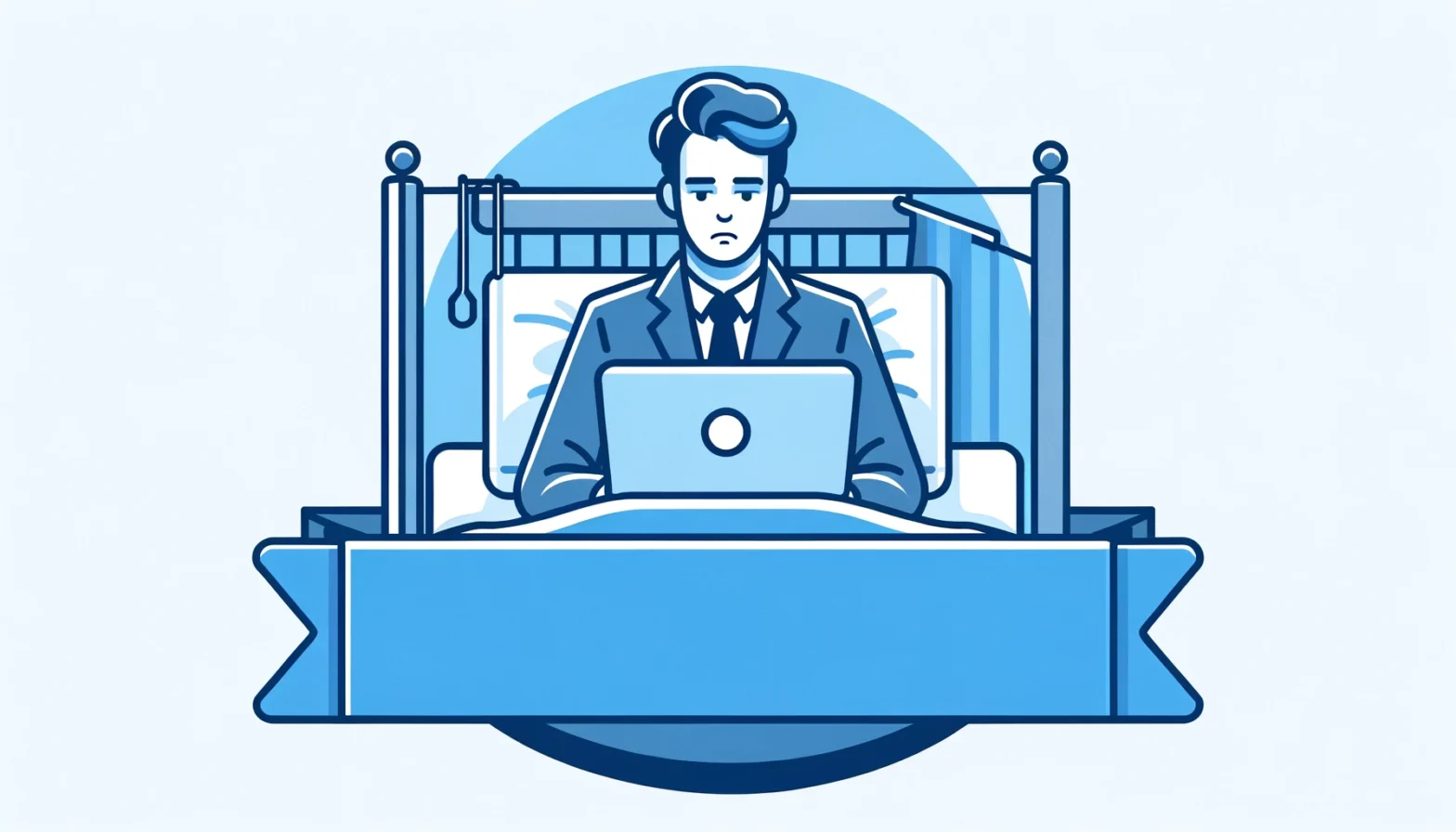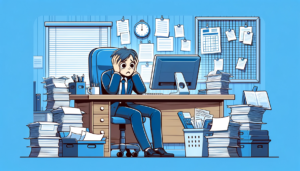Creating a safe environment for sick leave
- 5 Min Read
Presenteeism plaguing UK organisations as 71% of employees admit to working while unwell because of the stigma of calling in sick.
- Author: HRD Connect
- Date published: Feb 6, 2024
- Categories

In the modern workplace, the line between work and personal life has become increasingly blurred. A recent study by MHR revealed a concerning trend: 71% of employees continue to work even when they are sick.
The rise in remote work has enabled employees to work from home more easily, even when unwell. Additionally, fears over job security or perceptions of being less committed may prevent staff from taking sick leave. These trends have contributed to the blurring lines between work and personal health.
Working while sick not only impedes recovery but can also lead to detrimental outcomes like burnout and reduced productivity over time. Furthermore, presenteeism results in the spread of illness among other employees. Organizations suffer from lower engagement, higher absenteeism, and increased health insurance costs.
While only 20% of employees in MHR’s study admitted to having ‘pulled a sickie’ in the last 12 months, the reasons they cited for doing so are concerning. Of those who did admit to this, nearly a quarter (22%) said it was because their company culture made them feel demotivated, meanwhile almost half (46%) put it down to overwhelming workloads.
Addressing the root causes
The first step in addressing this issue is to understand its root causes. The shift towards remote work, significantly accelerated by the COVID-19 pandemic, has introduced new dynamics into the traditional workplace environment, affecting employee behavior regarding sick leave.
The convenience and feasibility of working from home have undoubtedly blurred the lines between being physically present in the office and working remotely. Employees, now able to continue their duties from the comfort of their homes, might feel less compelled to take a sick day even when unwell.
This shift challenges the conventional wisdom that sick days are solely for recovery, as the physical barriers to work are reduced. The accessibility of work from home setups means that minor illnesses, which previously might have warranted a day off to avoid spreading germs in the office, are no longer seen as a barrier to work.
The economic uncertainty and job security concerns that have been heightened in recent months also play a crucial role in this dynamic. Employees may fear that taking sick leave could be perceived as a lack of dedication or commitment to their job. In competitive work environments, where job security can be precarious, individuals might worry that any absence, including for legitimate health reasons, could negatively impact their standing or prospects within the company.
This concern can be particularly acute in industries hit hard recently – like the tech sector – where layoffs and cutbacks have become more common.
Moreover, there’s a psychological aspect to consider—the perception of being indispensable or proving one’s worth by always being available. This can lead to a culture where taking sick leave is indirectly discouraged, and employees feel pressured to demonstrate their commitment by minimizing absences, even at the cost of their health.
Counteracting the trends
To effectively address these issues, it’s essential for organizations to foster a culture that prioritizes health and well-being, making clear that taking sick leave is not only acceptable but encouraged when necessary. This starts with clear communication from leadership about the importance of taking time off when sick.
Leadership plays a pivotal role in shaping organizational culture. It’s crucial for leaders to openly communicate the importance of health and well-being, emphasizing that taking sick leave is a responsible action for one’s health and the health of colleagues.
This communication should be consistent and embedded in all levels of management. By doing so, leaders can help dismantle the stigma associated with taking sick leave, creating an environment where employees feel genuinely supported when they need to take time off for their health.
Managers should also be equipped with the skills and knowledge to recognize signs of illness or burnout in their team members. This includes understanding the nuances of remote work dynamics where traditional visual cues of illness are not as apparent.
Training programs should encourage managers to foster open dialogues about health and well-being and to actively encourage team members to take necessary time off to recover from illness. This approach helps in normalizing health-related absences and ensures that employees feel their well-being is valued.
Moreover, organizations need to reassess their sick leave policies to ensure they are aligned with the goal of supporting employee health. This includes providing adequate sick leave that reflects the reality of both physical and mental health challenges. Policies should be designed to be flexible, accommodating different types of health needs without cumbersome bureaucratic hurdles. Ensuring that employees are not penalized for taking sick leave is critical in fostering a trust-based culture that values health.
Another crucial aspect is the implementation of wellbeing initiatives. Wellbeing intelligence involves recognizing and addressing the mental and emotional health needs of employees. Organizations can adopt a holistic approach to wellbeing by introducing initiatives that promote mental health awareness, stress management, and work-life balance.
This could include workshops, wellness challenges, and access to mental health resources. By integrating these initiatives into the organizational fabric, companies can help employees build resilience and manage stress more effectively.
Furthermore, HR teams should leverage technology to support employees’ health. The use of technology can significantly enhance an organization’s ability to support its employees’ health. Offering subscriptions to meditation or well-being apps, for example, can provide employees with tools to manage stress and anxiety.
Similarly, providing access to online counseling or telehealth services can make it easier for employees to seek support when they need it. These resources, when made readily available, can play a crucial role in a comprehensive health and well-being strategy.









